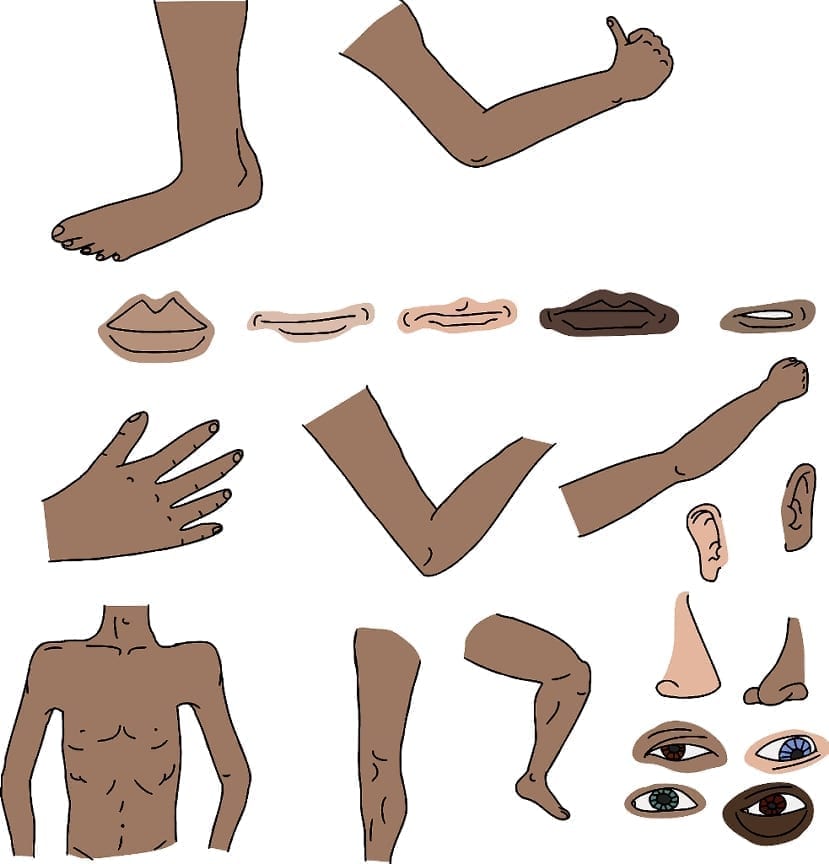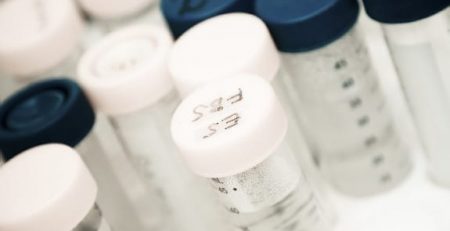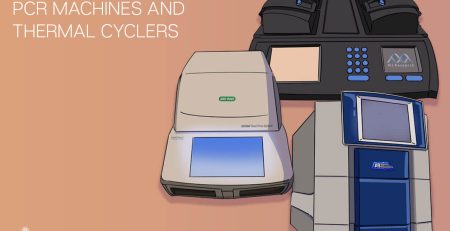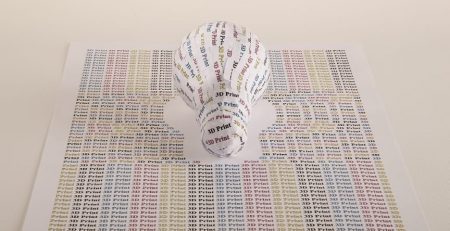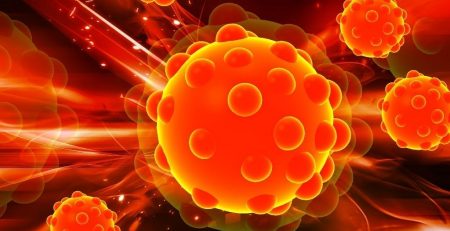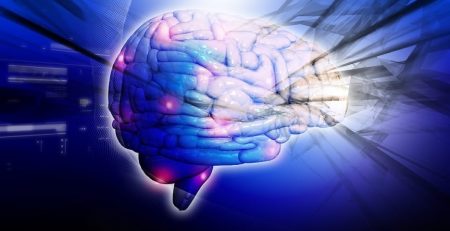Bionic Body Parts on the Way – Cybernetics Time
[size= small]Princeton University just made the first bionic ear and it can even pickup radio frequencies beyond the normal human range. Once gain our new friend the 3-D bioprinter was used, think I am going to buy one soon, you can make everything with them. The 3-D bioprinter and a cell culture were used to combine a small antenna with cartilage. [/size]
[size= small]There are problems when you try to start combining electronics and biological items. They can range from thermal problems (heat of electronics and heat of body affecting each other) to the body rejecting and attacking the material. In that past people have speculated how to avoid this, the main way being to basically put the electronics in between a protected sheet between the tissues. The approach that [url=http://www.princeton.edu/mae/people/faculty/mcalpine1/]Michael McAlpine[/url] and his [url=http://www.princeton.edu/~mcm/]team from Princeton University[/url] have come up with is a little different. It is more to build and intertwine the two pieces together from the start. [/size]
[size= small]The field of making bionic devices and organs that enhance human capabilities is known as Cybernetics. Recently this field has been gaining some momentum. This is most likely due to the same momentum fields like organ replacement and engineering are gaining. Once again these items are evolving with the technology, the main item being the bioprinter. The minute we master one small task as humans (making an organ), we are naturally going to try to improve it by making it better than it is. However, if my dogs start talking to me at some unknown frequency, we’ll have some problems. Imagine two kids, the wife and the dogs all asking for something at the same time….[/size]
[size= small]In addition the to the RoboCop image you have going on in your head right now, the field offers other promises. Think preventive medicine in terms of having tissue with built in sensors. In addition this opens up a world of possibilities for integrating small implants into the body. [/size]However, don’t get too excited yet. The body and our tissue is mostly made up of water and organics, computers don’t do too well with that stuff. However, given we have started printing organs, I think we can find a solution to the moisture and computer issue.
[size= small]Either way this is a huge first exciting step in Cybernetics and we will have to stay tuned to both the excellent folks at Princeton University and these recent advancements due to bioprinting. [/size]




